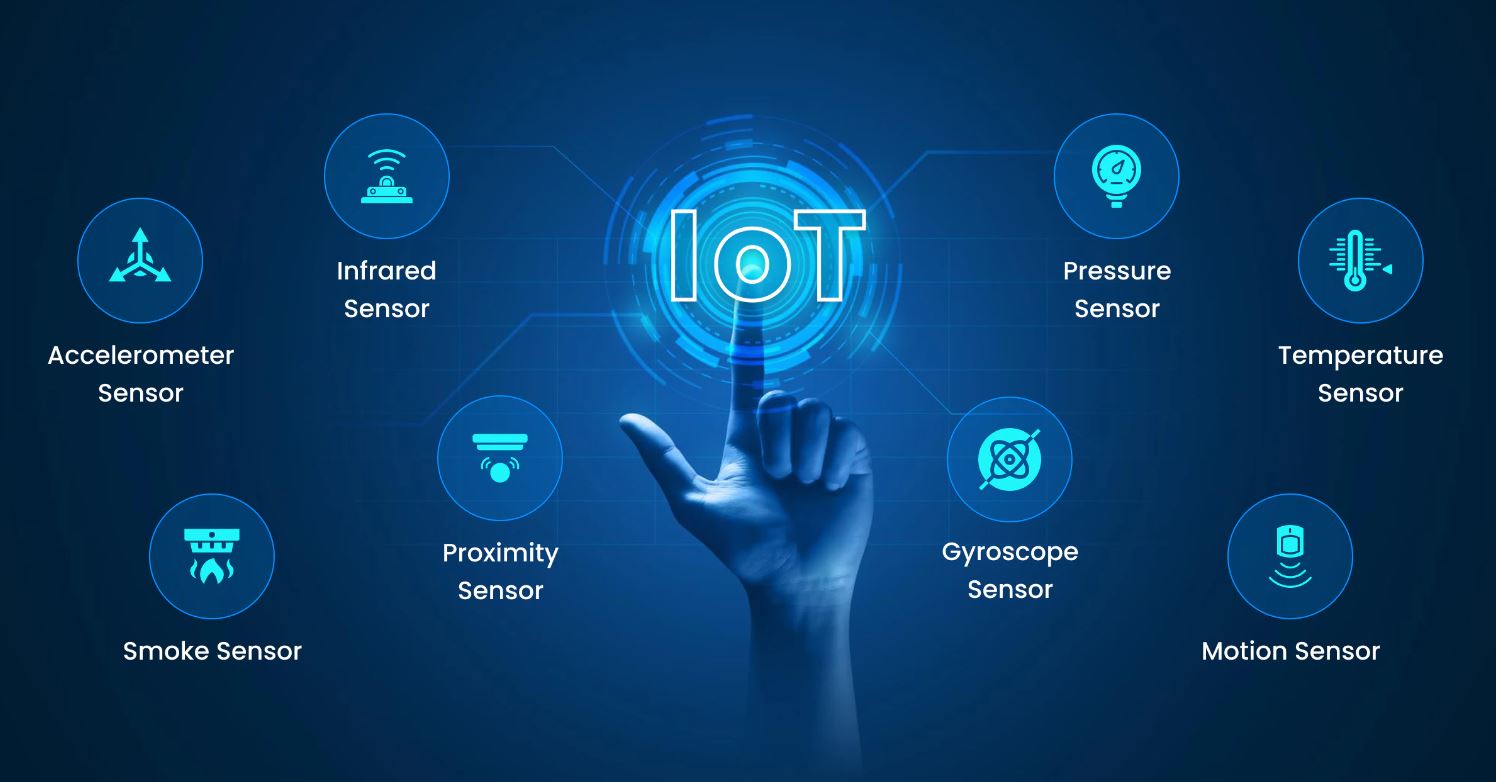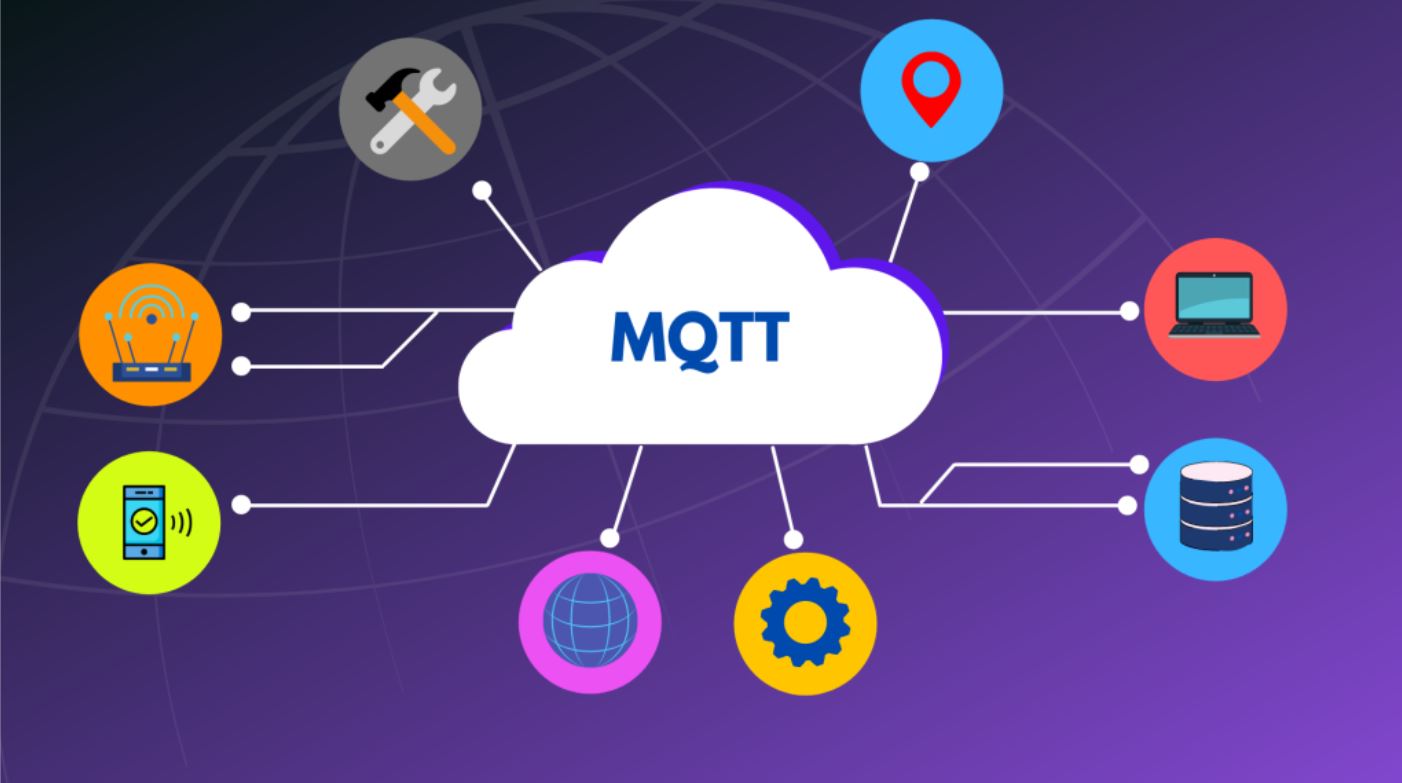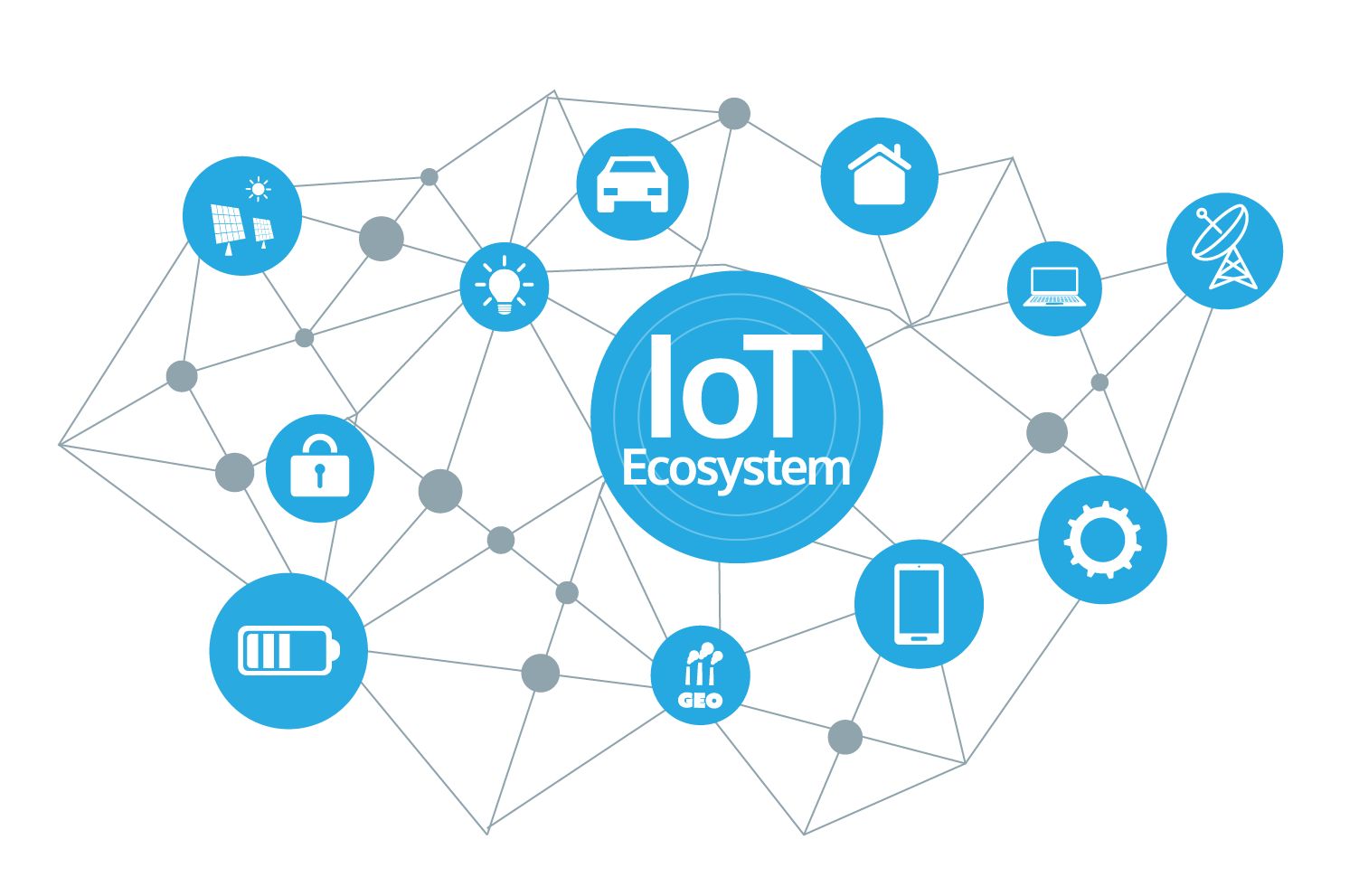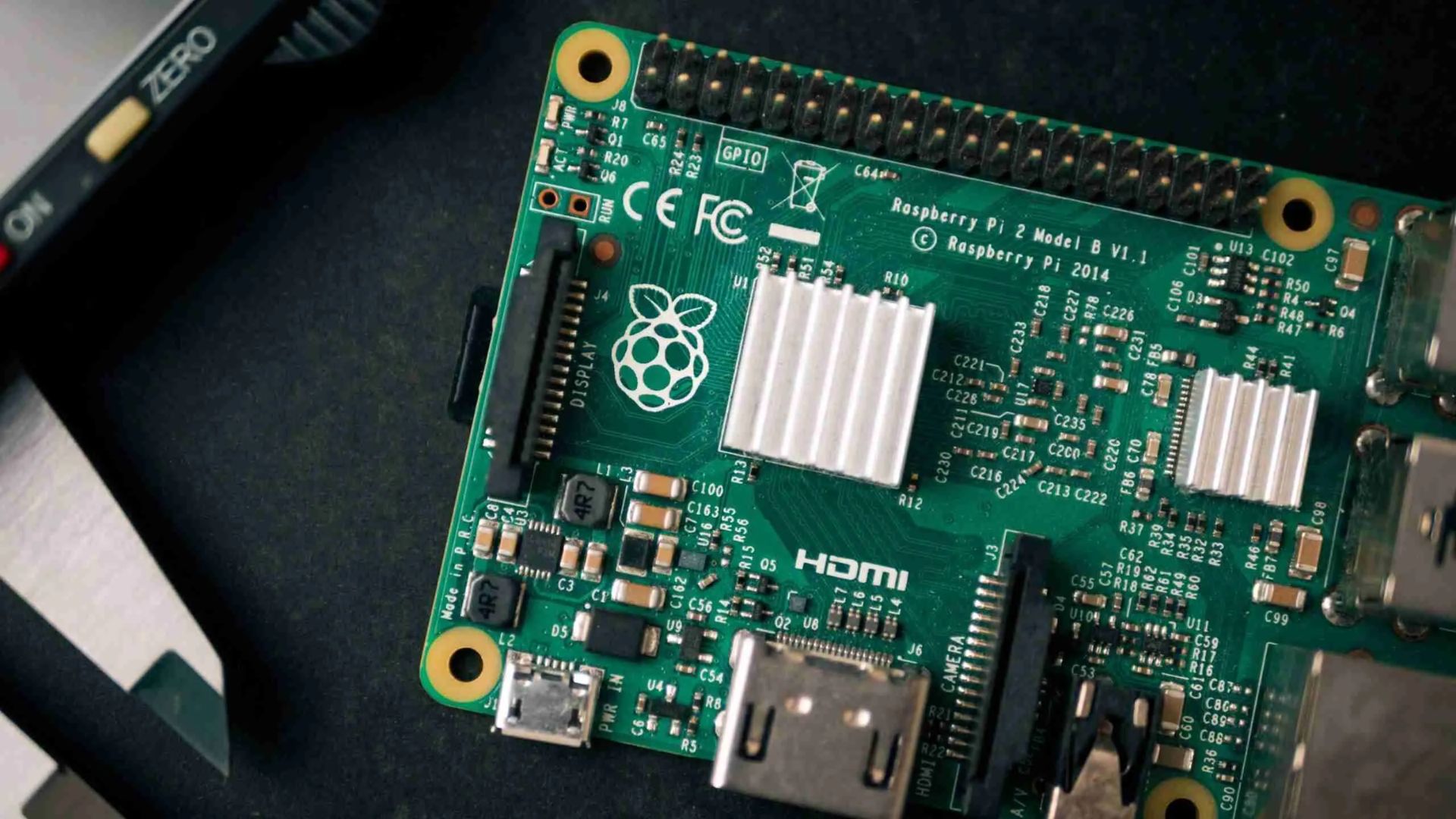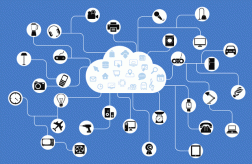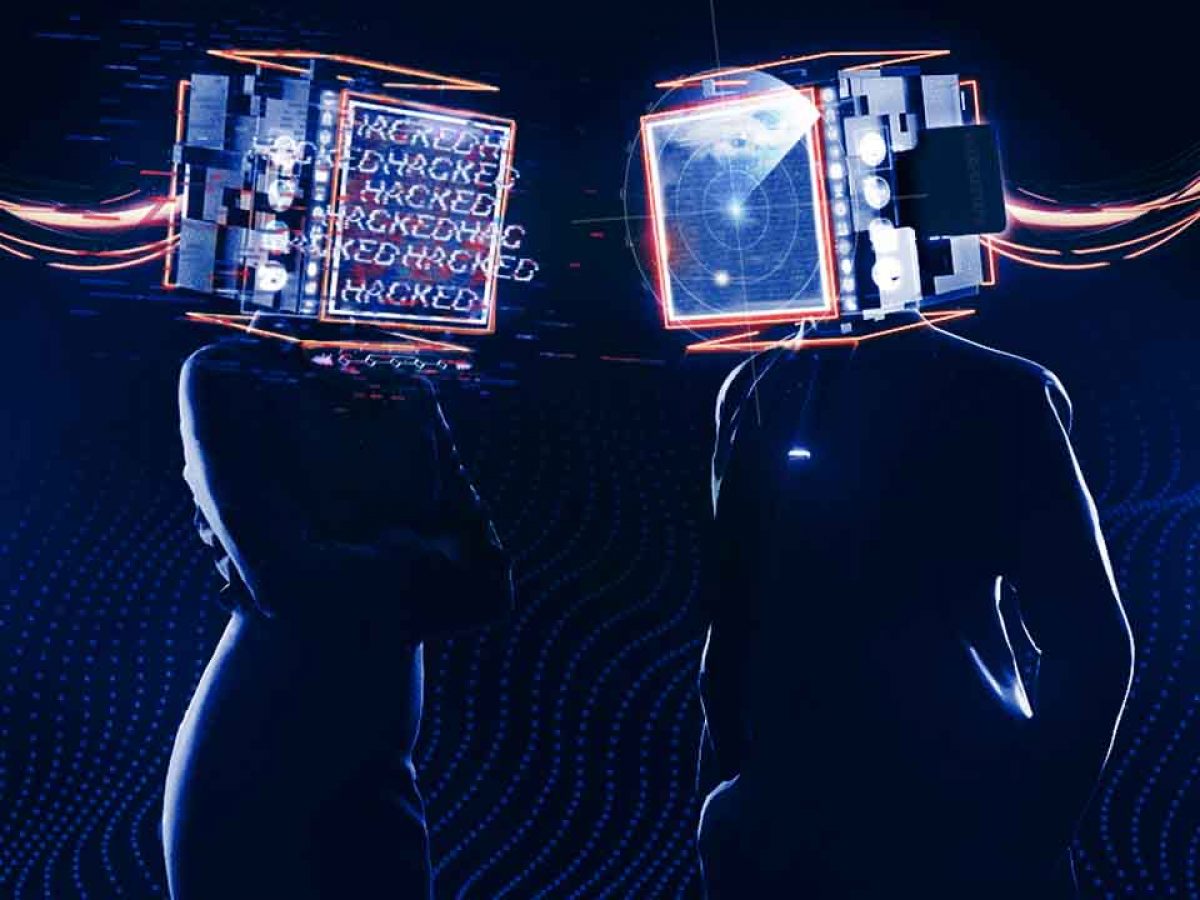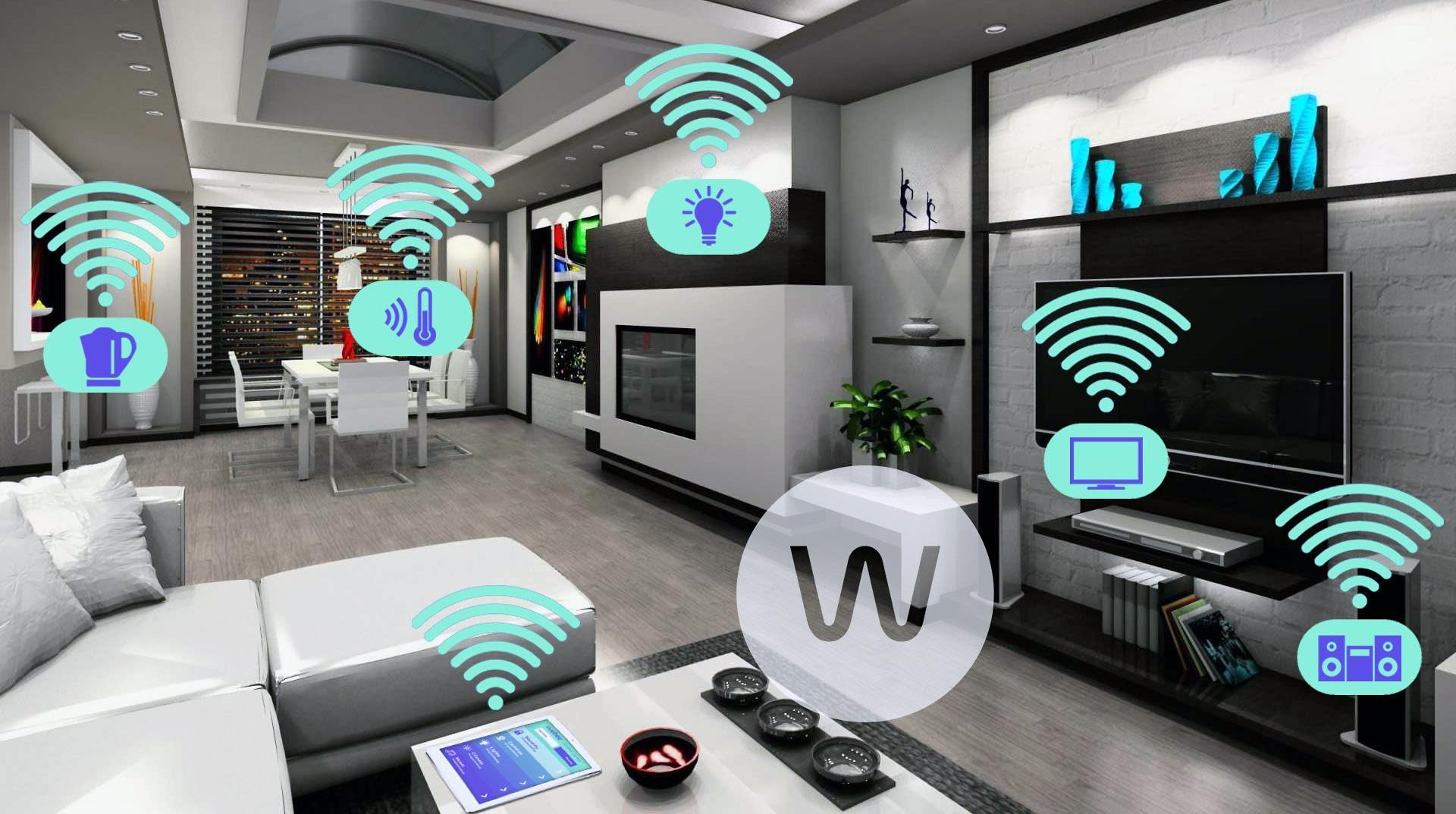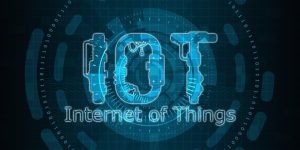The Origins of IoT
The concept of the Internet of Things (IoT) dates back several decades, with its roots in various technologies and ideas that paved the way for its eventual popularity. Although the term “IoT” itself wasn’t coined until later, the foundational concepts and principles began to emerge in the 1980s.
One of the earliest precursors to IoT was the development of radio frequency identification (RFID) technology. Invented in the late 1940s, RFID technology allowed for the wireless transfer of data through electromagnetic fields. This breakthrough paved the way for the idea of interconnected devices communicating with each other.
In the 1980s, the concept of embedding microprocessors into everyday objects and appliances began to take shape. This concept, known as embedded systems, allowed for increased functionality and connectivity in various devices. These devices were able to collect data and interact with other devices, forming the basis for the interconnectedness that would later become synonymous with IoT.
Another key development in the origins of IoT was the emergence of machine-to-machine (M2M) communication. M2M technology enabled devices to communicate with each other without human intervention. This technology was initially used in industries such as manufacturing and logistics, where machines could communicate and coordinate tasks efficiently.
As the advancements in technology continued, the idea of a connected world where devices can seamlessly communicate and share data gained significant attention. The term “Internet of Things” was first coined in 1999 by British entrepreneur Kevin Ashton, while working at Procter & Gamble. Ashton used the term to describe a system where physical objects could be uniquely identified and connected to the internet.
The vision of IoT gained further traction in the early 2000s, as the internet became more accessible, and the capabilities of devices and sensors improved. The rapid advancement of wireless communication technologies, such as Wi-Fi, Bluetooth, and cellular networks, also played a significant role in the popularization of IoT.
The origins of IoT were fueled by the convergence of multiple technologies and the vision of interconnected devices. The development of RFID, embedded systems, M2M communication, and the collective efforts of innovators and researchers laid the foundation for the IoT we know today.
The Concept of IoT in the 1990s
The 1990s marked a crucial period in the development and conceptualization of the Internet of Things (IoT). While the term “IoT” had not yet been coined, it was during this decade that the vision of a connected world began to take shape.
During the early 1990s, the internet was starting to gain widespread popularity, and its potential for connecting computers and enabling data sharing was becoming evident. This sparked the idea of extending the internet’s reach to include everyday objects and devices, thereby creating a network where information could flow seamlessly between humans, machines, and objects.
One of the key milestones in the 1990s was the creation of the World Wide Web by Sir Tim Berners-Lee in 1990. The World Wide Web provided a platform for accessing information and enabled the creation of websites that could be accessed by anyone with an internet connection. This breakthrough changed the way information was shared and laid the groundwork for the future interconnectivity of devices.
Simultaneously, researchers and innovators began exploring the possibilities of embedding sensors and microprocessors into objects, allowing them to collect and transmit data. The idea was to create a network of smart devices that could communicate with each other and with humans. This concept was further popularized by Mark Weiser, the chief scientist at Xerox PARC, who introduced the idea of “ubiquitous computing” in the mid-1990s.
Weiser envisioned a world where computing technology would be seamlessly integrated into everyday objects and environments. He believed that computers should disappear into the fabric of our lives, operating in the background and providing services and information when needed. This vision aligns closely with the principles of IoT, where devices become interconnected and provide intelligent services without requiring constant human interaction.
While the concept of IoT was still in its infancy in the 1990s, research institutions and technology companies were actively exploring its potential. Projects such as the “Internet of Things” at the Massachusetts Institute of Technology (MIT) and the Active Badge System at Xerox PARC demonstrated the possibilities of interconnected devices and smart environments.
Though the full realization of IoT was still years away, the 1990s marked an important period of exploration and conceptualization. The interplay of the internet, advancements in computing technology, and the visionary ideas of pioneers like Tim Berners-Lee and Mark Weiser set the stage for the future development and widespread adoption of the Internet of Things.
The Rise of IoT in the 2000s
The 2000s witnessed significant advancements and a rapid rise in the adoption of the Internet of Things (IoT). This transformative technology began to permeate various industries, revolutionizing the way we interact with our surroundings and enabling new levels of connectivity.
One of the key factors that contributed to the rise of IoT in the 2000s was the proliferation of wireless technologies. Wi-Fi, in particular, became more prevalent and accessible, allowing for seamless connectivity between devices. This wireless revolution enabled IoT devices to communicate and transfer data without the need for physical connections, expanding the possibilities of interconnectedness.
Another catalyst for the rise of IoT in the 2000s was the convergence of various fields, including telecommunications, data analytics, and automation. These domains came together to create a framework for connecting devices, collecting and analyzing data, and automating processes based on the insights gained. This convergence allowed for the development of smart homes, wearable devices, and connected cars, among other IoT applications.
Additionally, advancements in sensor technology played a significant role in driving the expansion of IoT. The miniaturization of sensors, coupled with their increased efficiency and affordability, made it easier to embed them into various devices and objects. These sensors were crucial in collecting real-time data, such as temperature, motion, and location, thereby enabling the automation and optimization of processes.
In the early 2000s, several notable IoT projects and initiatives emerged, further propelling the technology into the mainstream. The concept of smart grids gained traction, with the aim of optimizing energy distribution and consumption by collecting data from various sources, including power meters and renewable energy sources.
The healthcare industry also saw significant advancements with the advent of IoT. The integration of sensors and wearable devices allowed for remote monitoring of patients’ vital signs, enabling early detection of health issues and improving healthcare delivery.
The rise of IoT in the 2000s was not without challenges. Security and privacy concerns became more prevalent, as the interconnectedness of devices increased vulnerability to cyber threats. Efforts were made to improve data encryption, authentication protocols, and ensure the protection of users’ privacy.
The 2000s marked a period of explosive growth and innovation in the IoT landscape. The convergence of wireless technologies, the advancement of sensor technology, and the integration of various industries paved the way for the widespread adoption of IoT applications. As we entered the next decade, the stage was set for IoT to become an integral part of our daily lives, revolutionizing industries and shaping the future of connectivity.
Key Innovators and Contributors in Popularizing IoT
The popularization of the Internet of Things (IoT) is the result of the collective efforts of numerous innovators and contributors who have pushed the boundaries of technology and brought the concept into reality. These leading figures have played a pivotal role in shaping the development and widespread adoption of IoT across various industries.
One of the key innovators in the field of IoT is Kevin Ashton, who is often credited with coining the term “Internet of Things” in 1999. Ashton’s work at Procter & Gamble involved using RFID technology to track inventory, and he recognized the potential of interconnected devices on a much larger scale. His vision and promotion of IoT have been instrumental in creating awareness and driving its global interest.
Another prominent figure in the popularization of IoT is Mark Weiser, the chief scientist at Xerox PARC. Weiser’s concept of “ubiquitous computing” laid the foundation for IoT, focusing on integrating computing technology seamlessly into everyday objects and environments. His vision helped shape the idea of interconnected devices that are seamlessly integrated into our lives.
Companies such as IBM and Cisco have also played significant roles in popularizing IoT. IBM’s Smarter Planet initiative has focused on leveraging IoT to improve urban infrastructure, transportation, and energy management. Cisco has been at the forefront of developing networking solutions and platforms to enable seamless connectivity between devices and the aggregation of data for analysis.
Additionally, device manufacturers like Nest Labs, under the leadership of Tony Fadell, have revolutionized the way we interact with household devices. Nest’s smart thermostats and home automation systems have demonstrated the practical applications of IoT in our daily lives, improving energy efficiency and enhancing user comfort.
The field of healthcare has seen notable contributors in popularizing IoT. Eric Topol, a renowned cardiologist and digital health advocate, has championed the use of wearable devices and patient-generated data in healthcare. His work has highlighted the potential of IoT in transforming healthcare delivery and empowering patients to take an active role in managing their health.
The emergence of innovative startups has also had a significant impact on the popularization of IoT. Companies like Fitbit, with their wearable fitness trackers, and Ring, with their smart home security systems, have made IoT accessible to a wider audience. These companies have showcased the practical applications of IoT in improving personal wellness and enhancing home security.
Furthermore, academic institutions and research centers have contributed immensely to the advancement of IoT. Organizations like MIT, Stanford University, and the University of California, Berkeley, have conducted groundbreaking research and developed prototypes that have paved the way for commercial IoT solutions. Their work continues to inspire and push the boundaries of what is possible in the IoT space.
The popularization of IoT is a collaborative effort that involves visionary leaders, innovative companies, and dedicated researchers. Through their contributions, these key influencers have brought IoT from a concept to a reality, transforming industries, improving efficiency, and enhancing our everyday lives.







